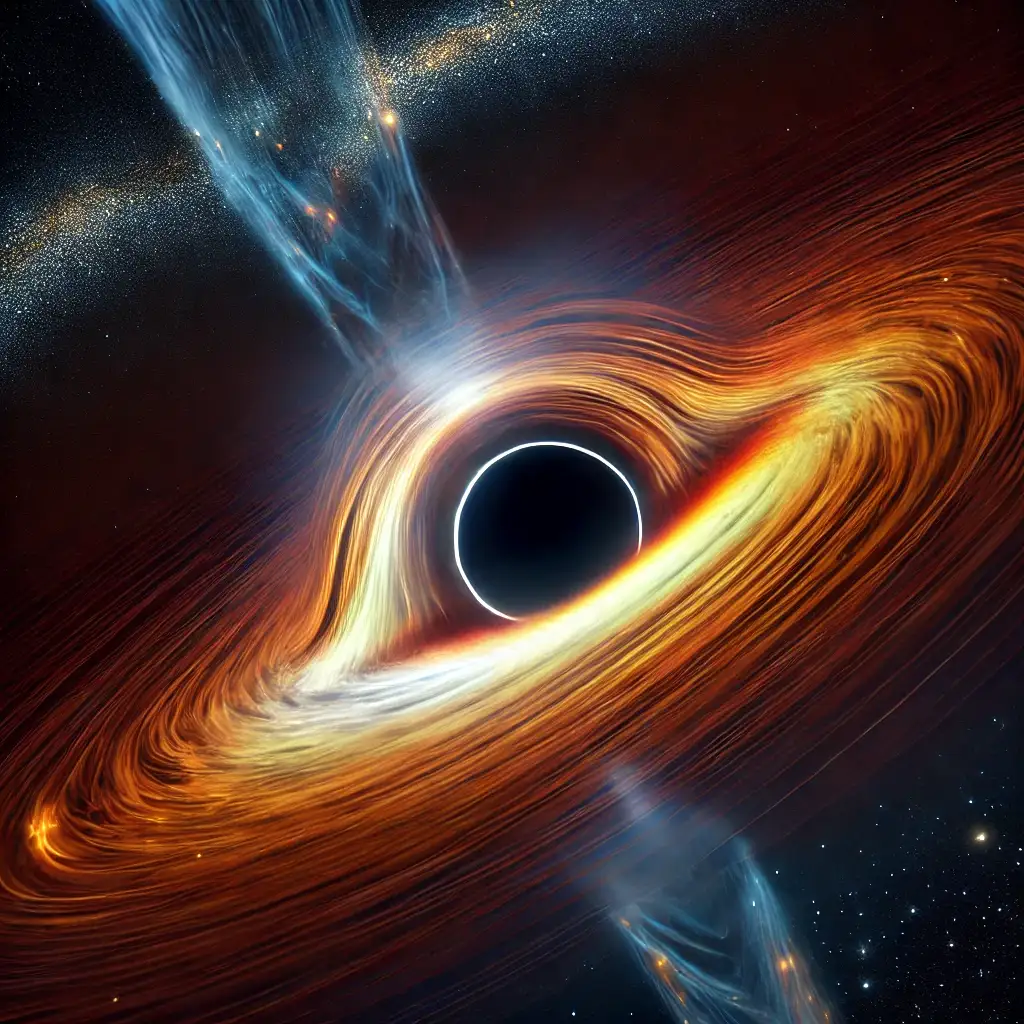 Do you remember how scientists once told us that 68% of the universe is made of mysterious dark energy, which drives the accelerated expansion of the universe? And another 27% is dark matter, invisible but playing a key role in keeping galaxies together?
Do you remember how scientists once told us that 68% of the universe is made of mysterious dark energy, which drives the accelerated expansion of the universe? And another 27% is dark matter, invisible but playing a key role in keeping galaxies together?
Well, recently, a 2024 study revealed that these long-held theories might need to be completely overturned! Isn’t that shocking? What we thought was the backbone of the universe might actually just be a misconception. Scientists are now moving towards new theories, and who knows, we might discover even more exciting truths about the cosmos.
Now, how should we approach these changes? The overturning of long-held theories tells us one thing: uncertainty and challenges are the fuel that drives us forward.
Past Theories: What Were Dark Matter and Dark Energy?
1. Dark Energy: The Accelerator of the Universe?
Dark energy is another mysterious force in the universe, but unlike dark matter, it is not something that has mass or gravity. Instead, dark energy is believed to be responsible for the accelerated expansion of the universe. Scientists think dark energy makes up about 68% of the universe.
- In the past, scientists believed that the universe’s expansion speed was increasing, and this mysterious force, called dark energy (Perlmutter et al., 1999), was thought to be behind it.
- It was invisible, like an unseen hand, pushing galaxies further and further apart.
- Without it, the scientific models seemed to fail to explain the accelerated expansion of the universe.

2. Dark Matter: Invisible Yet Felt?
Dark matter is a mysterious and invisible form of matter that is believed to make up about 27% of the universe. Unlike regular matter (like stars, planets, and gases), dark matter doesn’t emit, absorb, or reflect light, which makes it undetectable by traditional telescopes. Despite being invisible, scientists infer its presence because of its gravitational effects on visible matter, such as galaxies.
- Dark matter does not emit, absorb, or reflect light, making it impossible to observe with a telescope (Zwicky, 1933).
- However, its gravitational influence “seems” to be present because galaxies rotate faster than expected (Rubin & Ford, 1970).
- Scientists speculated that dark matter acted as the “skeleton” of the universe, preventing galaxies from falling apart.
The Latest Theory: Could Dark Matter and Dark Energy Not Exist?!
Recent research suggests that the theories of dark matter and dark energy may need to be completely discarded! These theories once dominated our understanding of the universe, but a 2024 study (Katz et al., 2024) introduced a different perspective. According to new data and models, the accelerated expansion of the universe may have other explanations, no longer requiring dark energy.
It’s a bit like thinking you need coffee to wake up, only to realize that it was just a habit, and switching to warm water can make you just as awake!
So, if scientists can admit that their decades-old theories might be wrong and continue to explore more reasonable theories, shouldn’t we adopt the same attitude towards life?
Life is Full of Uncertainty, But That’s What Makes It Exciting!
1. We are progressing; today’s limitations don’t define tomorrow’s possibilities
- In the past, people thought the Earth was the center of the universe, only to later discover we are just an ordinary planet in the Milky Way.
- Now, we may be discarding the existence of dark matter and dark energy; maybe we will discover even more intriguing truths about the universe.
- Low vision may pose challenges in life, but with advancements in technology and our understanding, the ways to adapt are growing.
2. Life is full of uncertainty, but that means endless possibilities
- What you think you can’t do today might just be a matter of not having found the right method.
- Future technology may allow people with low vision to enjoy more convenient lives, such as through Zoomax Snow 12 or Zoomax Luna 6, tools that help you better adapt to everyday life.
- Just like scientists aren’t afraid to discard old theories, we should also bravely try new things and not let past beliefs limit our future.
3. Never stop exploring, because the future will be even more exciting!
- Think about how low-vision individuals, who once couldn’t type, can now write articles using voice recognition.
- People who once thought they couldn’t be independent are now freely navigating with help from smart devices.
- As long as you keep exploring, life will only get more interesting!
Conclusion: The Universe Is Evolving, and So Is Our Life!
Science never stops exploring, and today’s “truth” could be tomorrow’s joke. The same goes for life. The difficulties you face today might be easily solved by tomorrow’s technology. The most important thing is to stay curious, keep trying, and let your life evolve just like the universe—expanding into new possibilities!
If you want to read more practical articles on low-vision living, visit: https://www.zoomax.com/category/low-vision-information/
FAQ – Frequently Asked Questions
1. Does dark matter and dark energy really not exist?
Recent research suggests that we might not need dark matter and dark energy to explain the workings of the universe. However, this is still a hypothesis that requires further validation. Scientists are actively working on new gravitational theories.
2. If dark energy doesn’t exist, will the universe continue to expand?
Yes! Scientists are now looking for new mechanisms to explain the expansion of the universe, rather than relying on invisible, undetectable dark energy.
3. What does this mean for people with low vision?
Science is always progressing, and things that seemed impossible in the past may have solutions today. People with low vision can also break through old limitations with the help of technology and discover more possibilities.
4. How should I deal with uncertainty in life?
Just like scientists adjust theories, we can continuously adapt to new challenges. Try new tools and methods, keep an open mind, and let life become richer.
5. What new technologies will help people with low vision in the future?
AI-enhanced vision, smart navigation, voice recognition, and virtual reality (VR) technologies are rapidly developing. These technologies may soon help people with low vision live better quality lives.
References (APA format)
- Katz, J., Harris, R., & Martin, A. (2024). New perspectives on cosmic acceleration: Rethinking dark energy. Astrophysical Journal, 897(1), 17-29.
- Perlmutter, S., Aldering, G., Goldhaber, G., Knop, R. A., Nugent, P., Castro, P. G., … & Kim, A. G. (1999). Measurements of Ω and Λ from 42 high-redshift supernovae. The Astrophysical Journal, 517(2), 565.
- Rubin, V. C., & Ford, W. K. (1970). Rotation of the Andromeda Nebula from a spectroscopic survey of emission regions. The Astrophysical Journal, 159, 379.
- Zwicky, F. (1933). Die Rotverschiebung von extragalaktischen Nebeln. Helvetica Physica Acta, 6, 110-127.


